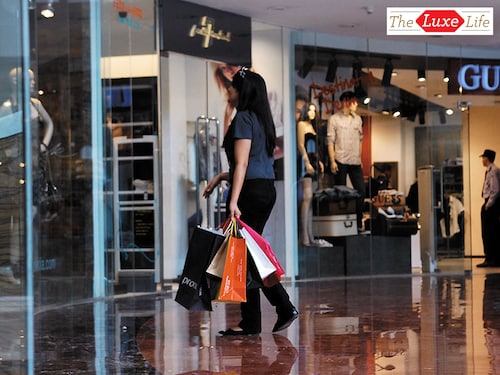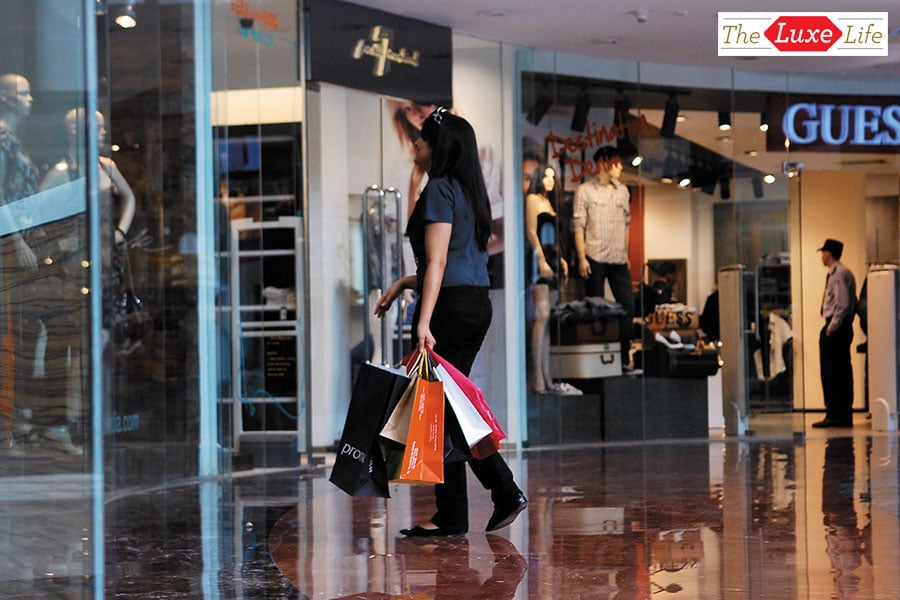Is the luxury sector feeling the pinch?
Luxury brands are upbeat through the slowdown, although analysts strike a sombre note


 People are avoiding spending big money as sentiment is low
People are avoiding spending big money as sentiment is low
Image: Pradeep Gaur/ Mint Via Getty Images
Lakshay Narang (name changed), a high networth individual (HNI), had a Diwali holiday planned in Seychelles with four family members for five nights and six days. The stay at a five-star resort with a private beach, a luxury villa and a pool would cost up to ₹4.5 lakh per person. As the economic slowdown set in, Narang made multiple changes to his plan trying to cut corners, but eventually decided to cancel the trip.
Sapneal Rao, founder of Mumbai-based SSR Holidays, says Narang is only one of his many HNI clients who have decided to cut back on luxury travel expenses. While many argue that HNIs are recession-proof, Rao thinks otherwise. “The slowdown is real, and it has severely impacted our business,” he says. Some of his other HNI clients, for instance, are either moving from a five-star to a four-star hotel or picking cheaper destinations. “They have cut down on expenses by at least 20-30 percent,” he says.
The luxury sector in India has been growing over the past several years at about 10-11 percent, says Abheek Singhi, managing director and senior partner, Boston Consulting Group. But policy changes have been slowing it down over the past two or three years. It started with demonetisation in 2016, as Sarosh Mody, director at Luxury Watch Works, an after-sales service centre for luxury watch brands, puts it. “After demonetisation, the sale of luxury goods shot up for two days because people went berserk to spend all the cash. And then, there was a lull of about seven months.”
How has the current slowdown affected the market? Mody distinguishes luxury buyers into two categories: Ones who are buying for self-gratification, and those that are actual users. He says, “The ones who are buying for gratification are challenged currently, because of the uncertainty about their jobs.” And the wealthy actual users are avoiding spending big money on luxury because market sentiments are pretty low.
Another major trend that experts like Mody have spotted is the rising frequency of discounts, instead of the earlier once in a year. Besides, earlier, when luxury brands had their annual sale, people would queue up on the day of the preview, and everything would get booked or sold before even the sale could start. “But the last time I checked with a brand, they said there was no turnout on the preview day and their first-day sales were worth just ₹1 lakh,” says Mody. Once global luxury brands enter the Indian market, they don’t leave, but don’t expand significantly either, he says.
The slowdown has added to the woes of the luxury real estate market. In the real estate sentiment index developed jointly by Knight Frank (India), the Federation of Indian Chambers of Commerce and Industry and National Real Estate Development Council, the April-June quarter has reflected a dip in the current and future sentiment. The report points out that, according to the RBI, household savings, a major contributor to the economy, have slumped to a decade low, whereas the financial liabilities as a part of the disposable incomes have seen a 200 percent increase from 2009 to 2019. “The government’s focus on affordable housing along with demonetisation had taken the sheen off luxury housing over the past two years. As a result, builders restricted new supply in luxury category across the top seven cities,” says Anuj Puri, chairman of property consultants Anarock. According to the company, nearly 86,400 units of luxury real estate priced above ₹1.5 crore were unsold between January and September.
Despite the sombre note struck by analysts, some of the luxury brands, particularly retailers, Forbes India spoke to sounded upbeat. Carmaker Lamborghini, for instance, has found a stick to beat the slowdown with even as the automobile industry is struggling with falling sales. The Italian manufacturer has had four back-to-back launches starting with Urus early last year, Aventtador SVJ in January, Huracán EVO in February and the latest one being Huracán EVO Spyder on October 10. According to Sharad Agarwal, India head of Lamborghini, “Launching new models is one of the smartest ways to beat slowdown.” The company has received orders for 60 cars in FY19, compared to 45 in FY18.
Agarwal adds: “During a slowdown, there is a need to do something different and exciting for the customer and a new car generates that excitement among automobile enthusiasts in India. Through a new product, we try to balance the negative [slowdown] with a positive [excitement].” According to Lamborghini, around 70 percent of customers buying Urus are first time buyers, a rare scenario in India. Agarwal does believe that a slowdown might prompt HNIs to postpone their purchase, “but being a luxury product, his or her interest wouldn’t drop”.
Dinaz Madhukar, executive vice president at DLF Luxury Retail and Hospitality that owns the DLF Emporio in Delhi, also feels people in the super luxury segment are not hesitating to spend. The premium shopping complex has added four international luxury brand stores in September itself.
Madhukar further feels that slowdown in categories like automobile and real estate leaves HNIs with more disposable income. The fact that Amazon saw sales worth ₹750 crore of premium smartphones within the first 36 hours of the ‘Great Indian Festival’ sale in late September is an indicator of people’s purchasing power despite the slowdown, she says.
Mohit Monga, business head of Rosenthal Versace, also says he does not see any slowdown in the luxury sector. “I agree that there’s a countrywide economic slowdown but if you come to Emporio in Delhi and see the crowd here purchasing goods, you will not see a slowdown,” he says. Monga has launched a store at Emporio on September 5 and says the response has been overwhelming. “We had launched amber whisky glasses with 100 sets they were sold out within 20 days.”
And while one might assume that the art sector would also have taken a hit, Jagdip Jagpal, fair director, India Art Fair, claims otherwise, “On the contrary, exhibitors reported making impressive sales at India Art Fair in January and February, indicating a growing interest and confidence in South Asian modern and contemporary art.” According to Jagpal galleries are increasing sales year on year, with a younger generation of collectors now emerging.
First Published: Oct 14, 2019, 10:25
Subscribe Now